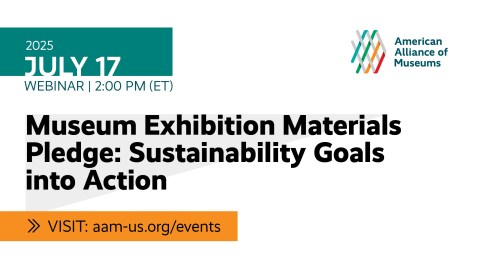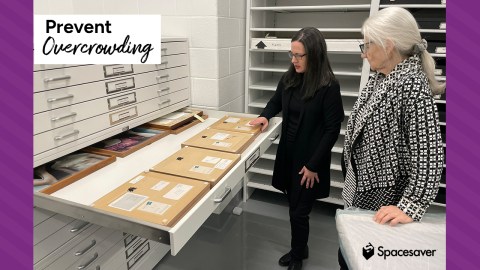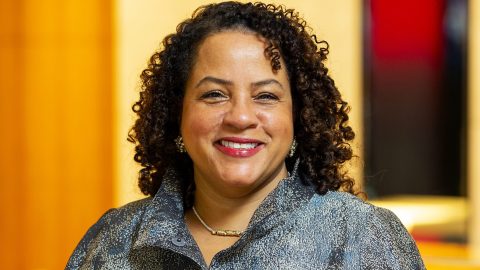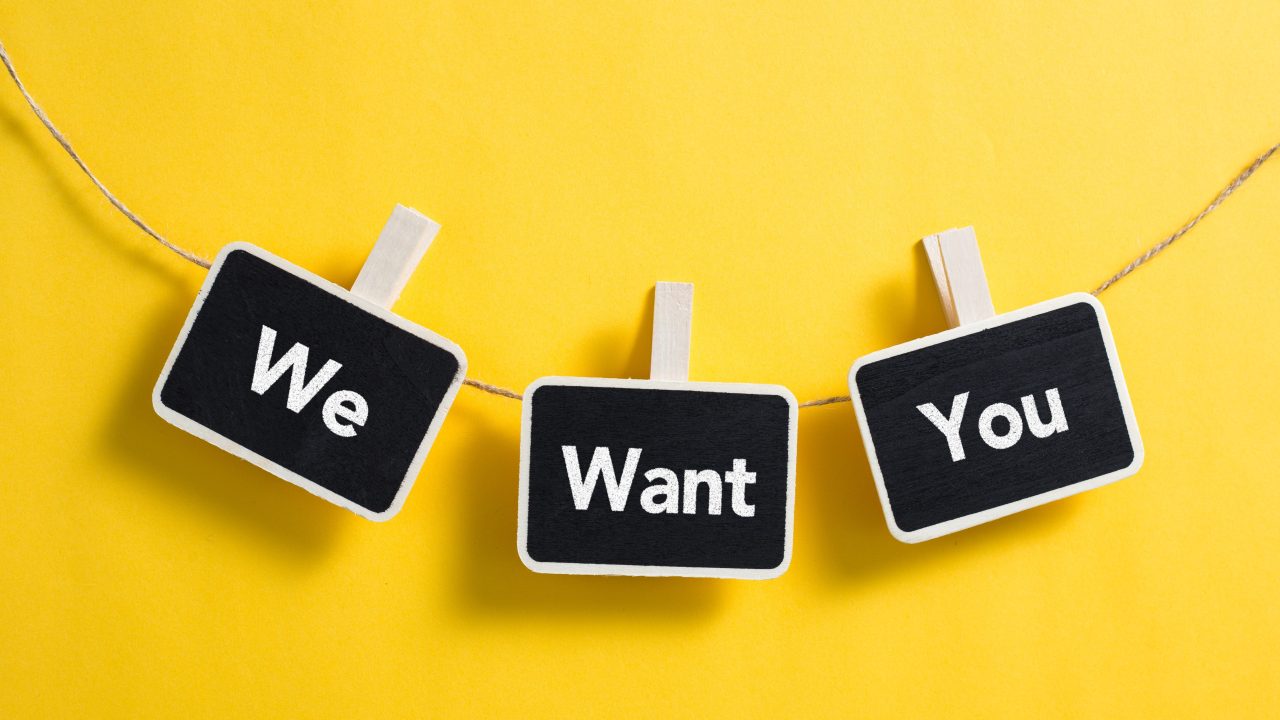
This post originally appeared on the Center for the Future of Museum’s Future of Education site in January 2017.
The world is rapidly growing, becoming more interconnected and increasingly diverse. Diversity means many things, from gender equality, to racial and socioeconomic equity. Many cultural institutions have out-of-school-time classes, internships, volunteer experiences, and research opportunities for students but many institutions have difficulty attracting a diverse group of youth that reflects the populations in the communities they serve. The American Alliance of Museums report, Demographic Transformation and the Future of Museums, states that “The U.S. population is shifting rapidly and within four decades, the group that has historically constituted the core audience for museums—non-Hispanic whites—will be a minority of the population.” Museums in the U.S and abroad must address how they recruit young people and make sure programs reflect the diversity of their communities, or run the risk of only serving a rapidly reducing portion of the population. By addressing staff diversity, removing unnecessary admission barriers, effectively engaging students and developing solid partnerships museums can reach diverse populations of students that have been reluctant to attend programs in the past.
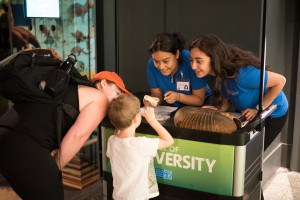
Think about what components of your application are easy for students to access and give you the information that you need. Transcripts and recommendation letters can be challenging for students to acquire, so if they aren’t a huge part of your decision-making process, leave them out. High grades and test scores may be a prerequisite for academically intensive experiences, while other programs value characteristics like resiliency. Are you looking for ability or for potential for growth? Do you want the top of the class or the student who has yet to find their niche? This will dramatically affect who you select and who chooses to apply.
Developing partnerships is an effective way of recruiting large numbers of students that fit the population you are looking to serve. Reach out to CBO’s, nonprofits, local schools/universities that work with young people and are looking for new ways and new resources for those young people. Each partnership is unique and has its’ own challenges but a great partnership can fulfill the needs of both your and their institutions.
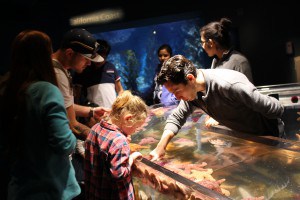
Asking busy students to remain committed to a singular project for months or years requires that program appeal to academic, cultural, social, practical, and emotional needs. Offer youth opportunities to become producers and not just consumers of knowledge. Exhibit production projects, advisory boards, and paid work experiences, create paths for young people to contribute to the mission and goals of the institution. Successful youth programs create a rich sense of community among participants, where students from diverse places with diverse interests can come together in a safe space to learn, grow, argue, and create. Don’t ask students to change to assimilate to the institution, but rather examine experiences that youth have with the dominant institutional culture to ensure and shift values and norms to ensure that we accommodate different ways of being.
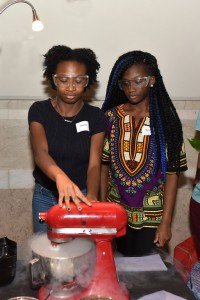
STEM pipeline programs aim to diversify the science, technology, engineering, and mathematics fields by preparing the next generation of citizens for the careers of the future. However, many organizations and businesses still struggle to hire, train, and promote diverse employees. According to Green 2.0, while people of color are 36% of the U.S. population, they only comprise 29% of science and engineering professions and only 12-16% of the staff in environmental organizations. How do we inspire diverse audiences to join the ranks of STEM professionals when they don’t see themselves in the halls of the organizations that are encouraging them? What faces do youth see as they move through the building? What cultures and identities are represented in their everyday interactions? Whose music plays in the lobby? Whose faces are on the posters? Those values and norms can become a pervasive but invisible culture that can oppress as much as it embraces youth participants even in youth programs intended explicitly for low-income youth or youth from communities of color.
Reaching and recruiting diverse youth into educational programming begins with adjusting and changing the culture of our museums, universities, and science centers. Organizations must start at home, otherwise the youth we are coaching, teaching, and investing in will not have a job after we have “done our job.” Youth serving organizations can create diversity groups, promote and celebrate differences, and utilize best practices in hiring, retaining, and promoting people of color to increase diversity and inclusion.
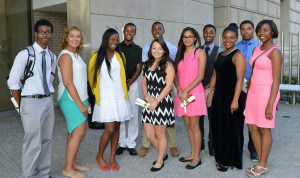
This is a crucial time for museums across the country and these simple steps help to remove the barriers that prevent diverse groups from attending and applying for programs. By getting more diverse students into our institutions we can not only stay relevant but can impact the long-term diversity of the science, education and museum fields and do our part to reduce the achievement gap in the U.S.
For a great resource with more details on each of these programs’ particular recruiting strategies, please download this resources from Dropbox.
About the Authors
Danielle Marino is the Assistant Director of STEM Programs at The Franklin Institute, in Philadelphia, PA, where she oversees youth programming for high school students. She manages The STEM Scholars Program, a four-year program that encourages Philadelphia area students to explore their interests in the fields of science, technology, engineering, and math, and works with Science Leadership Academy, a partnership between The Philadelphia School District and The Franklin Institute. Danielle has been working in informal education for ten years and has had the privilege of working with absolutely incredible students along the way.
Nick Martinez is Senior Coordinator of Youth Initiative at the American Museum of Natural History, in charge of Youth Internship Programs serving High school and College students and recruiting students for museum middle school and high school programs. Nick joined the American Museum of Natural History as a summer intern in 2010 and 2011 and was then hired as the Coordinator of the Sackler Educational Laboratory where he developed and taught Physical Anthropology and Genetics classes. He graduated from Stony Brook University with a BA in Anthropology and is currently enrolled in a Non-profit Management Master’s program at Baruch College.
Andrea Motto is the Manager of Public and youth Engagement at the Yale Peabody Museum of Natural History, and is director of the EVOLUTIONS After School Program, a STEM focused program that provided science literacy, college prep, career exploration and workplace skills development to 120 New Haven high school students each year through after school, paid work as interpreters and research internships. Andrea has a B.A. in biology and Psychology, M.A. in science education, and PhD in Social Foundations of Education and has worked in museum education since 1997.
Neal Ramus is the Senior Manager of Youth Programs at the California Academy of Sciences. His role at the Academy is to lead a dedicated team of educators and youth development professionals in creating authentic, engaging, and meaningful science experiences that ensure the future success of the youth. Neal has a long standing commitment to education and conservation program leadership and previously served as the (Interim) Executive Director of the Petaluma Wildlife Museum and as the Special Projects Manager for Sonoma State University’s Field Stations and Nature Preserves.
